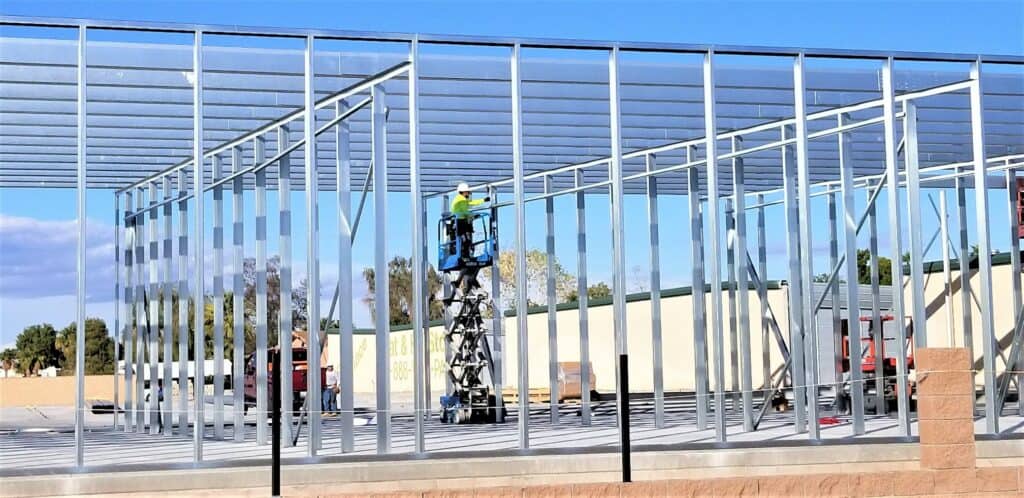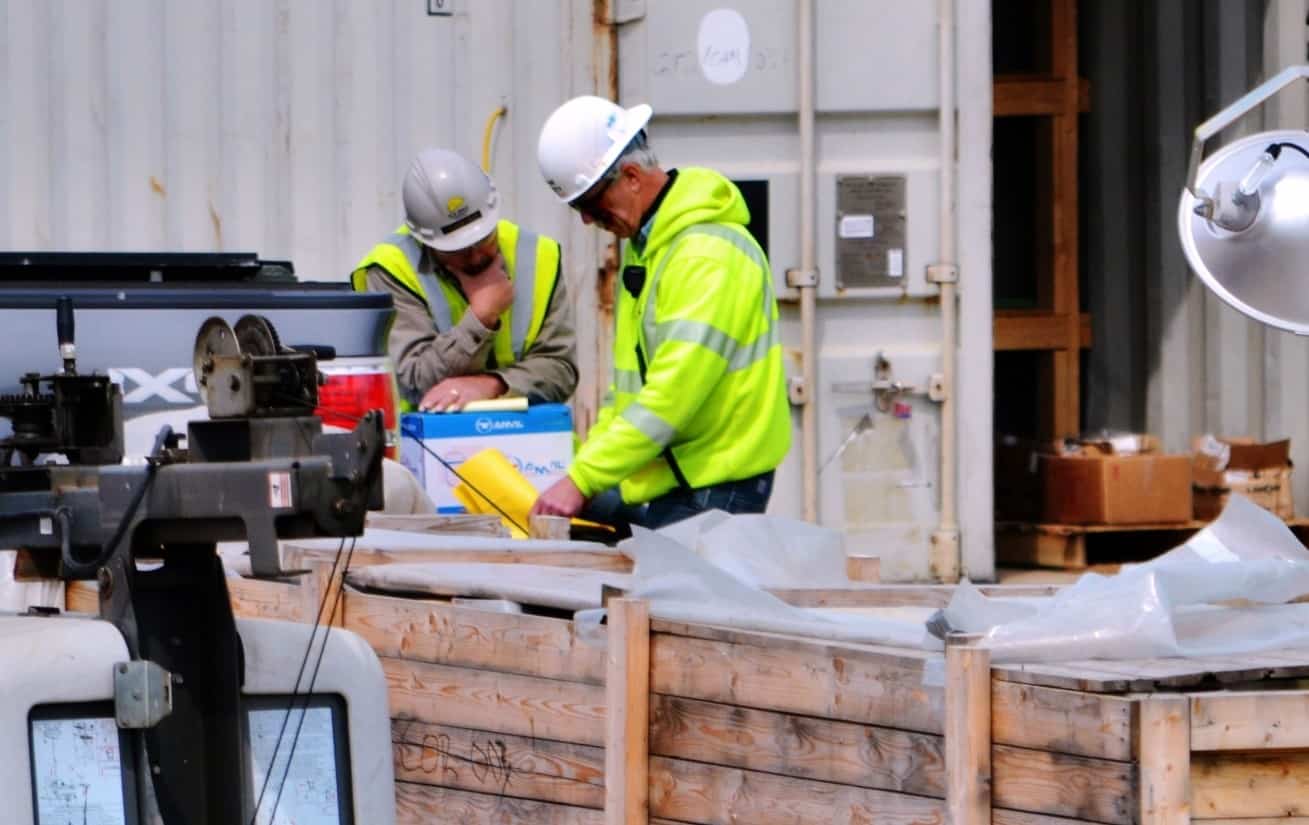CONSTRUCTION PROJECTS INHERENTLY COME WITH A VARIETY OF RISK
- Risks from safety hazards that lead to worker accidents and injuries.
- Financial risks due to muddy contract language, budget overruns and bad planning.
- Project delivery risks from project delays, poor scheduling and faulty construction.
- Hiring subcontractors adds an additional layer where things can go wrong.
While it is impossible to completely eliminate these risks, contractors can mitigate them through a more structured process to effectively prequalify their subs and vendors. Doing a little research prior to accepting bids and awarding contracts takes a bit more time, but can make the difference in making a project safe and profitable.
I’VE NEVER PREQUALIFIED BEFORE…
“Everybody prequalifies,” noted Tom Switzer, product manager for iSqFt. “The question is how formalized and intentional their prequalification process is.”
With the growing adoption of subcontractor default insurance, many general contractors are relying less on bonds and sureties as a way to prequalify subs. They are bringing their
prequalification process in house, developing a more fully integrated prequalification process that creates visibility into the risks that each bidder brings.
“A lot of people think the prequalification process is a disqualification process,” says Switzer. “While it can be, most of the time it isn’t. Prequalifying subs allows GCs to get a better understanding of who they are contracting with and whether they represent additional risk to the scope of work they’re bidding.
“For example, a subcontractor with a weak safety history doesn’t automatically mean a GC won’t contract with them. It means the GC has advance awareness of the risk and can add a mitigation plan to the contract detailing extra safety checks with that sub’s team or additional forms to complete once a week. It also allows the GC to consider what additional resources may be required on their part for the additional oversight so it can be included in the bid.”
DO I NEED A FORMAL PREQUALIFICATION PROCESS?
“Not necessarily,” according to Switzer.
General contractors who specialize in a single type of construction projects, work on projects with similar scopes of work and using a core set of subcontractors have less need for a formal prequalification process. “These types of GCs have a good understanding of the financial health and on-site qualifications of their subs and vendors,” says Switzer. “They still have visibility into the risks their subs represent, but it’s a much less formalized preconstruction process.
“However, general contractors who are involved with several types of construction, serve new and expanding geographic areas, or have the need to find new bidders on a regular basis, need a formalized—and integrated—prequalification process,” says Switzer.
Cincinnati-based general contractor Messer Construction works on a variety of commercial construction projects throughout Ohio, Tennessee, Indiana and Kentucky. Two years ago, the company switched its philosophy from mostly requiring surety and bonds to subcontractor default insurance. It needed to expand its directory of subs but also needed to know it could count on those subs to complete the job.
Using subcontractor default insurance, Messer assumed the burden of thoroughly prequalifying its subs, resulting in the need for a formal and completely integrated prequalification process.
Since launching its formal prequalification process, Messer has prequalified more than 1,200 subs. “We look at experience, safety information and financial information. We get references,” says Michael Huwel, Senior Program Executive with Messer Construction. After assessing
a sub’s capabilities, Huwel makes recommendations to the project teams regarding each contractor and offers risk mitigation plans when necessary for a subcontractor.
I NEED A FORMAL PREQUAL PROCESS, BUT HOW DO I START?
Prequalification is simply a way of gathering and assessing information about interested subcontractors to determine that contractor’s capacity to complete the job, by considering experience and identifying signs of safety and financial risk.
The process starts with a prequalification form. A quick search will deliver dozens of form templates you can use to get started. Messer customized its form to provide the information they felt was needed to get a quick assessment of each contractor’s capabilities.
Forms should be easy for subcontractors to access, complete, and submit, with all requirements clearly stated. Switzer suggests creating an online prequalification form on your company’s website. A link to the form would ideally be placed on the page where you show your subcontractor opportunities or have currently bidding projects listed.
Once prequalification forms are received, each sub’s information should be stored in a centralized location that maintains a level of confidentiality and is only accessible to those on your team who need it.
“That’s one of the big positives of an integrated online prequalification tool. Information is stored in one spot and anyone with the right permissions can access it,” says Switzer. “There’s a lot of information on the forms that is very point-
in-time like current account balances. Having that information out of the filing cabinet and into the web interface that your risk managers, estimators, and other relevant staff can access allows them to efficiently act on that data.”

BUILDING YOUR OWN PREQUALIFICATION FORM
Key information for general contractors to obtain in their prequalification form:
General Information
- Company ownership
- Company management
- Number of employees
- Minority / disadvantaged business status
- Historical project experience
- Current project portfolio
- Resumes of relevant employees
- List of suppliers/subcontractors they will be employing
Safety Information
- OSHA 300 information
- Citations issued
- Experience Modification Rate (3 year)
- Safety training programs and/or safety meeting policy
Financial Information
- Dun & Bradstreet number (if available)
- Financial history
- Current year revenues
- Working capital
- Total and current assets
- Net equity
- Current liabilities
- Average monthly billings
Litigation information
- Active litigations cases
- Labor law violation history
- Judgements filed against company
- Contract default or contract termination history
Reference
- 3-4 contacts to validate company’s quality, dependability and creditworthiness
I’M A SUBCONTRACTOR, WHAT’S IN IT FOR ME?
Subcontractors should consider prequalification as a way to market your capabilities and capacity.
If you are a subcontractor looking for more opportunities, contact general contractors in your area and ask to get prequalified with their company. Prequalifying with a general contractor can position you as a preferred subcontractor.
A well-qualified subcontractor who ensures that that they are prequalified with general contractors also create a clear separation from the competition.
“The more we are able to communicate and work with our subs, they are becoming more and more acceptable of our prequalification process,” says Huwel. “Once we communicate that we hold all subs to the same standard, they realize that prequalification contributes to the value of their bid. A company that is strong financially, has a good safety practice and is managed well presents more value than just the cost of their bid. They present less risk to us as the general contractor.”
WHAT IS SUBCONTRACTOR DEFAULT INSURANCE?
Available since the mid-1990s, Subcontractor Default Insurance (SDI) is an alternative to surety bonds and can significantly reduce a general contractor’s premiums while providing flexibility and control. It is a two-party, catastrophic insurance policy that provides coverage to the general contractor for the direct and indirect cost of subcontractor and supplier default.
SDI gives general contractors a middle ground between the contractor transferring 100% of the risk to the carrier (bonds) and retaining 100% of the risk by being self-insured. By retaining a portion of the risk for subcontractor performance through a large deductible, the cost for coverage is significantly decreased while providing protection against catastrophic loss.
Unlike bonds, SDI coverage is not limited to the value of the contract, but extends up to the limits of the policy. The contractor also has control over which subcontractors and suppliers are enrolled in the program. With SDI, the contractor does not need to wait for a surety’s investigation, but can manage the default within the framework of total project time and budgetary needs.
By placings more of the burden of managing risk of subcontractor default on the shoulders of the general contractors, it forces the general contractor to take a proactive and invested interest in prequalifying its subcontractors.
Other benefits include helping contractors become better risk managers, improves a contractor’s ability to complete a project on time and on budget and saves significant costs regarding premiums.
FROM PREQUALIFICATION TO REQUALIFICATION
As a best practice, update subcontractor prequalification forms on a semi-annual or annual basis. All information should be reviewed with each potential job and updated when needed. When assessing a sub’s qualifications, be consistent and hold subcontractors to the same expectations and standards.
Prequalification doesn’t stop when the bid is awarded. Develop a post-job evaluation process to requalify a sub after the work is completed. Evaluating the contractor’s safety performance, customer service and quality of work will help you assemble the best team on future jobs.
Bottom line, prequalifying is worth the extra time and resources upfront to save you from significant loss later. A formal and fully integrated prequalification process not only reduces liability and insurance claims, but creates safer work sites and increases the potential profitability for a project.
